As I mentioned in Part 1, I think there is a critical misunderstanding of the purpose of pregnancy-specific exercise. I’m going to state it up front: The purpose of pregnancy-specific exercise is to help the mind and body specifically adapt to the added load of late-stage pregnancy AND to adapt to what it is going to need to do in several months to birth baby out.
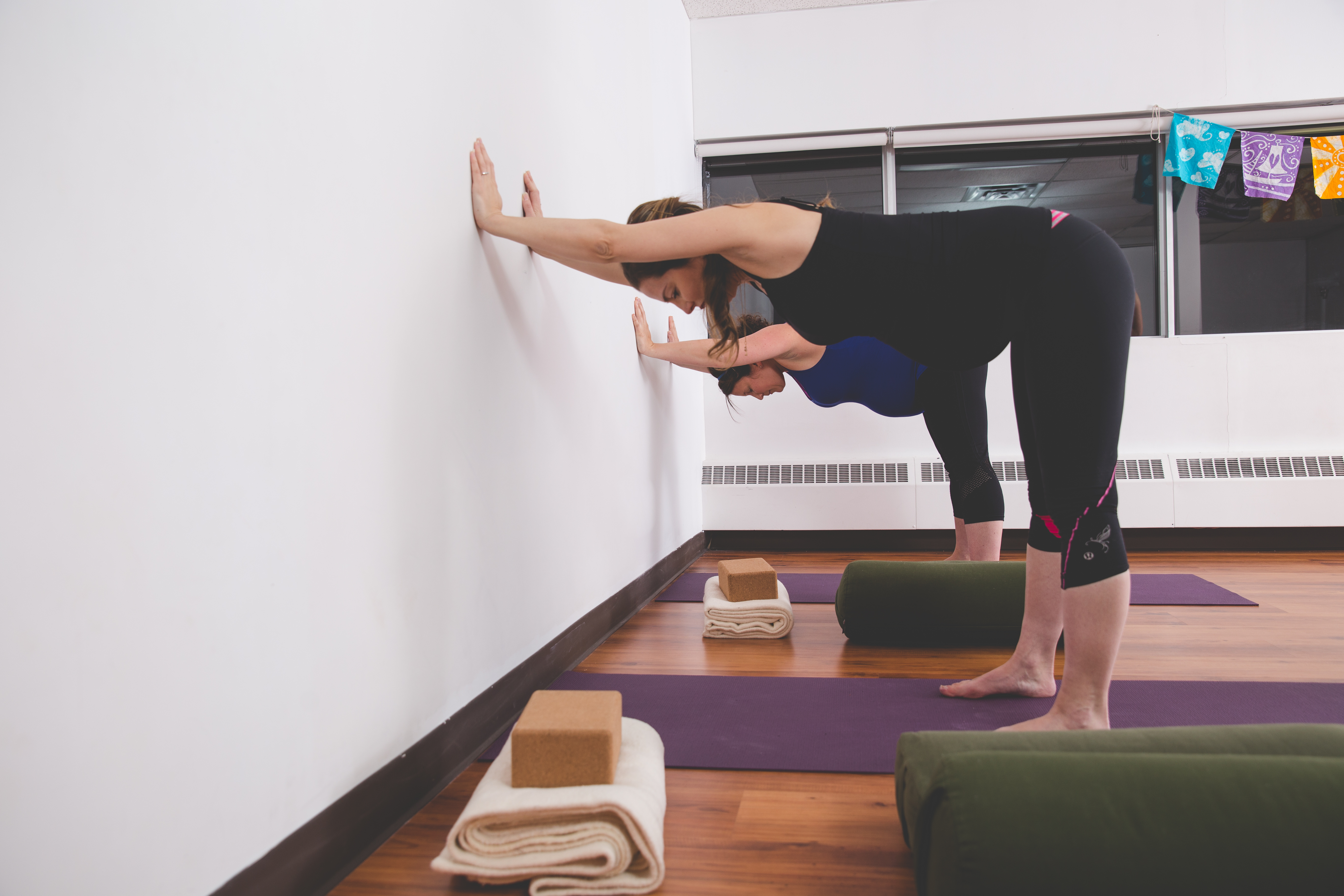
If you are training for a marathon there is a specific way to do that. You work back from the event and design a training program that gives you enough time and enough mileage running to build up to the big event so that you are capable of completing it. The same goes for any sport or activity – whatever your objective is, whether it’s running a marathon, competing in a triathlon, skiing the Frostbite 50, or to be able to lift your own body weight – the training is sport-specific. You’re not going to prepare for the marathon by only swimming every day and you’re not going to work towards lifting your own body weight by only skiing every day. You are going to train specifically so that your body adapts to what you are asking it to do.
Giving birth is a marathon of sorts. Yes it is also a natural biological or physiological event and yes we are born with the innate body knowledge of how to do it. But here’s the thing: we are no longer a “wild” species. We don’t move the way we were designed to move: the way our ancestors did way back. We mostly sit. Because of this our bodies have many imbalances that are not conducive to pregnancy and childbirth. MANY. So while other mammals in the wild are foraging and running and hunting or being hunted, we are sitting at our desks, in our cars, watching TV, eating dinner, and then maybe walking the dog or going for a run for an hour. Seriously.
Since those other mammals are still living the way they evolved to live and move, they don’t have as many challenges with pregnancy and birth as we do (there are some exceptions to this – there are a few species in the wild that have a tendency to experience complications, including some monkey species and hyenas). Enter: pregnancy-specific exercise.
I’m not saying we need to train for childbirth as if it were a marathon. I am saying that there are very specific ways we can prepare our minds and bodies – both to help make the late stage of pregnancy more comfortable AND to prepare both mind and body for easier childbirth. And I don’t recommend waiting until the 3rd trimester to start preparing. Growing and birthing a baby is the most amazing and wonderful thing your body will ever accomplish. Baby is going to be born regardless, but there are things you can do to that can make the childbirth experience easier and more enjoyable for both you and your baby. Start early to give yourself time to prepare.
Here are some things to look for in your childbirth-marathon-training program. Just kidding. I mean what kinds of skills would be beneficial to learn and practice while pregnant as part of your pregnancy and birth preparation (mental and physical).
1. Find your pelvic floor muscles. Learn where these muscles are and how to activate them and, even more importantly, how to RELAX them.
2. Learn how the breathing muscle (diaphragm), pelvic floor and core work in relationship when you breathe. Julie Wiebe, Pelvic Health PT, calls it the piston relationship. Get comfortable with the relaxation of the pelvic floor on inhalation (in response to the movement of the diaphragm) and the lift that follows the diaphragm on exhalation
3. Practice good postural alignment for pregnancy. Why?
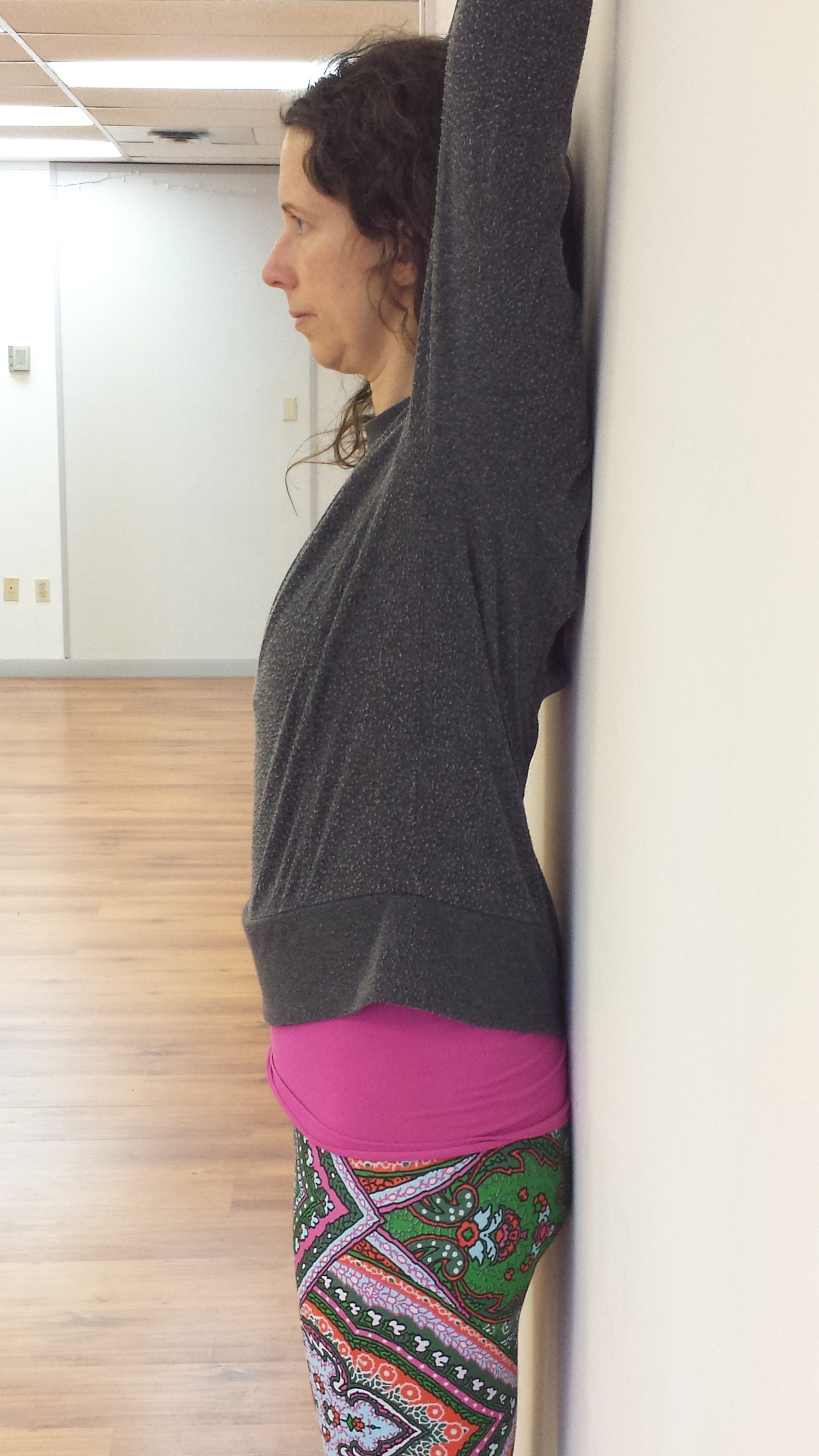
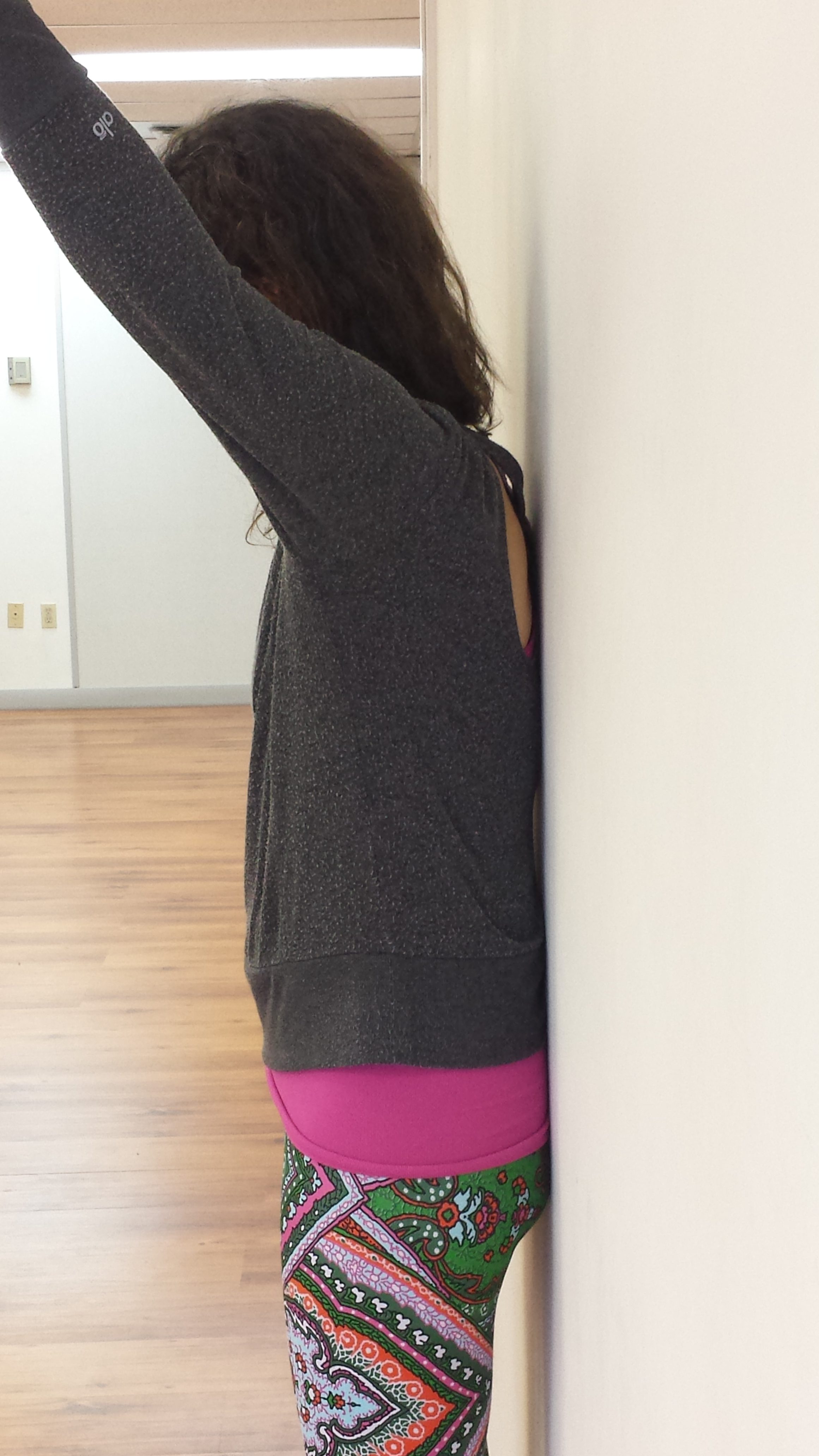
a. So that your diaphragm and your pelvic floor are working in relationship with each other (rib-pelvis alignment)
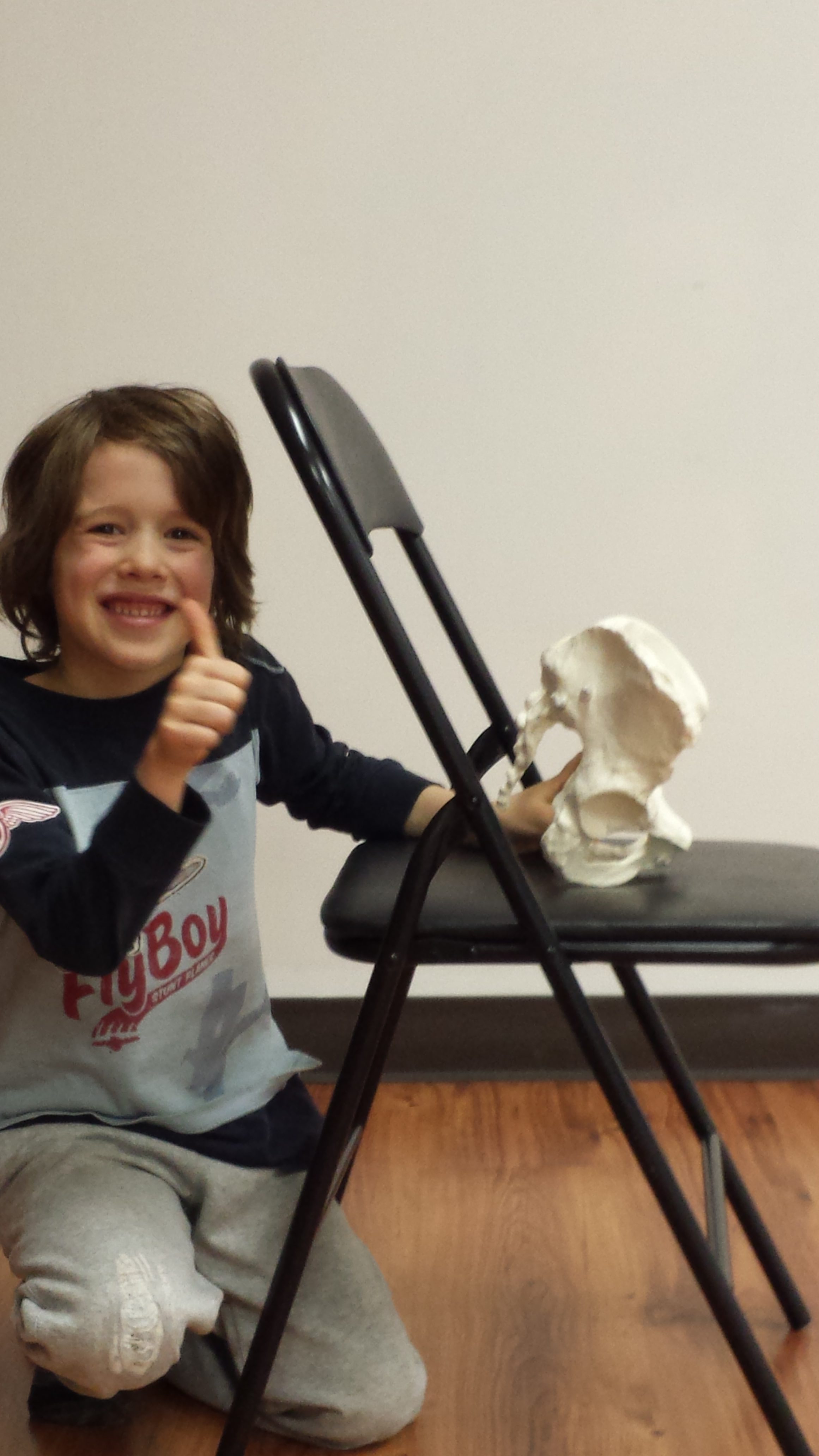
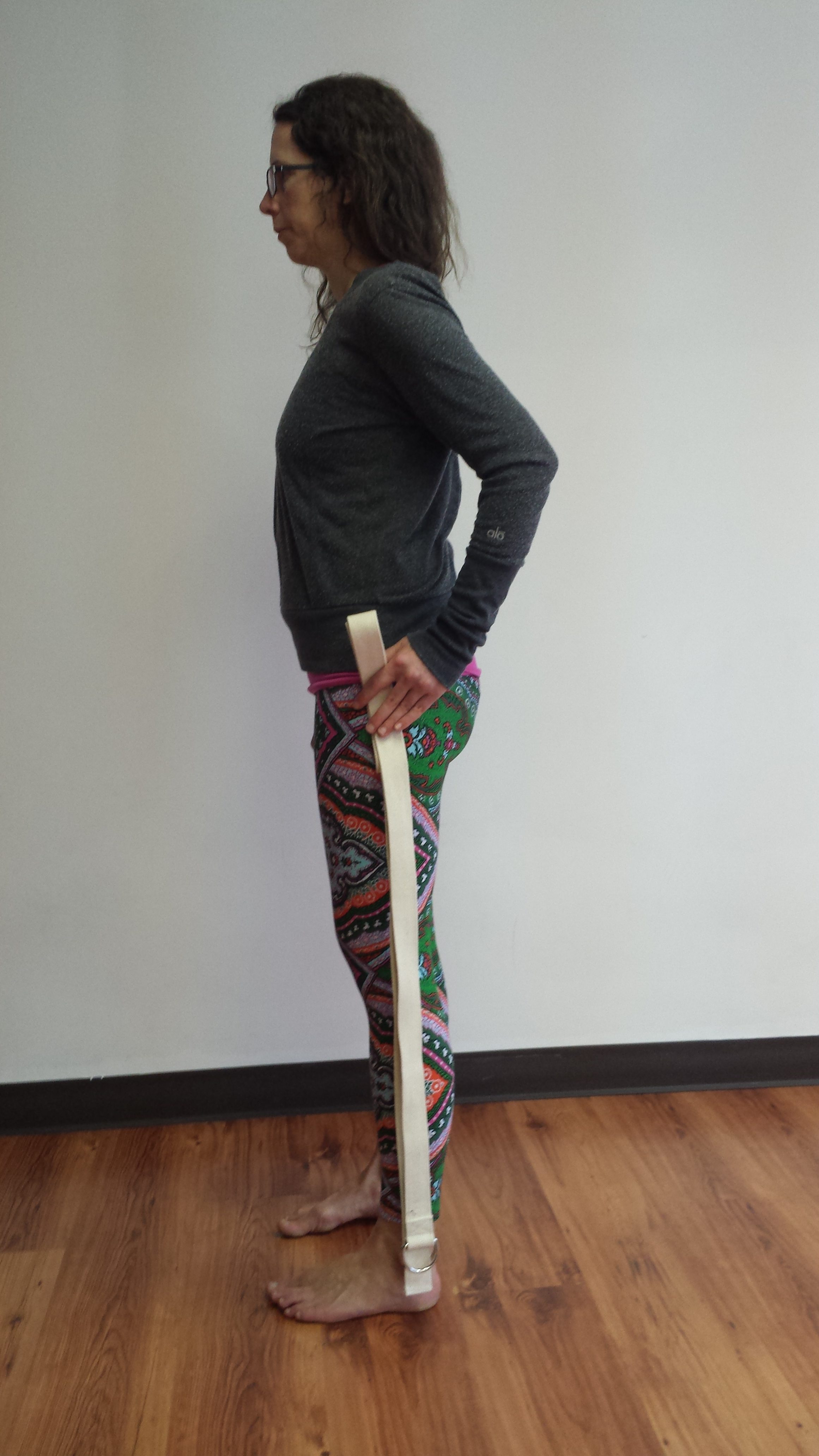
b. To find neutral pelvis (for the health of the pelvic floor and more) (photo far left)
c. So that your bones and posterior (butt, back and hamstring) muscles are in a position to help you hold the increased load of pregnancy and you are not straining parts of your body to hold your belly in response to gravity (photo left)
d. To encourage baby to find an optimal head down position for birth.
4. Strengthen your hips, butt, legs and back in order to hold your increased load (baby belly) as well as to balance and keep your pelvis and hips stable and pain-free
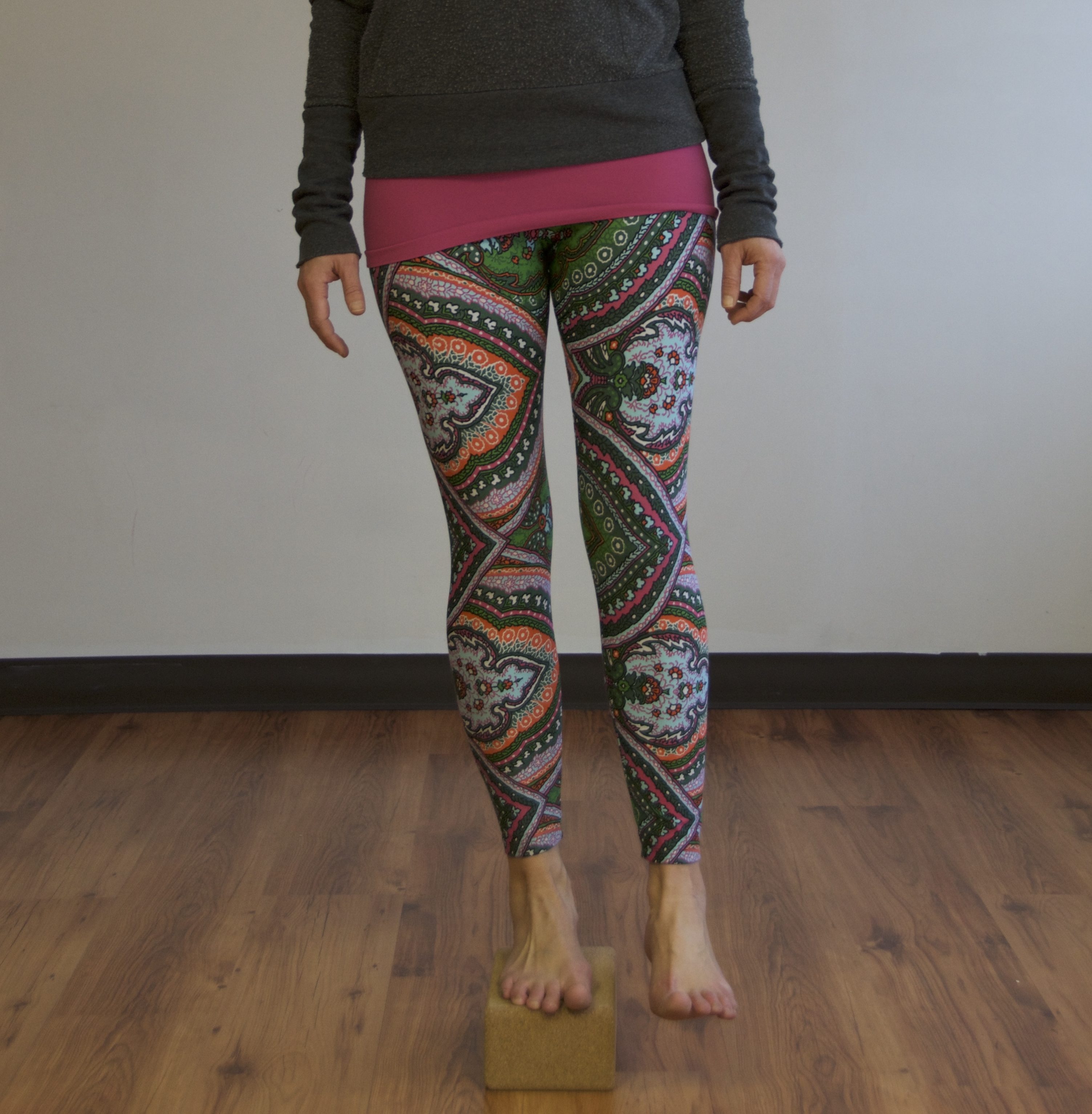
5. Release and let go of tension in your psoas, pelvic floor and tummy muscles. This is important for baby position and to allow the piston relationship mentioned above.
6. In yoga and other “stretching” exercises go for stability over flexibility. Practicing isometric or eccentric loading of the muscles in a stretch can help keep your joints stable while you have increased amounts of relaxin (a hormone that softens connective tissue) in your system during pregnancy and postpartum. Consider backing off your furthest range in forward bends and hip openers.
7. Find ways to elicit your relaxation response (parasympathetic nervous system – the opposite of “fight or flight” or stress response). Especially if you are in a job or a life situation where you feel your stress level is high, find ways to regulate your nervous system and bring you back down. Awareness to your breath for a few minutes is a good start. Being able to get out of a state of stress is important to help prevent pregnancy-complications (including high blood pressure), to encourage healthy fetal brain development, and to avoid creating pelvic floor and abdominal tension.
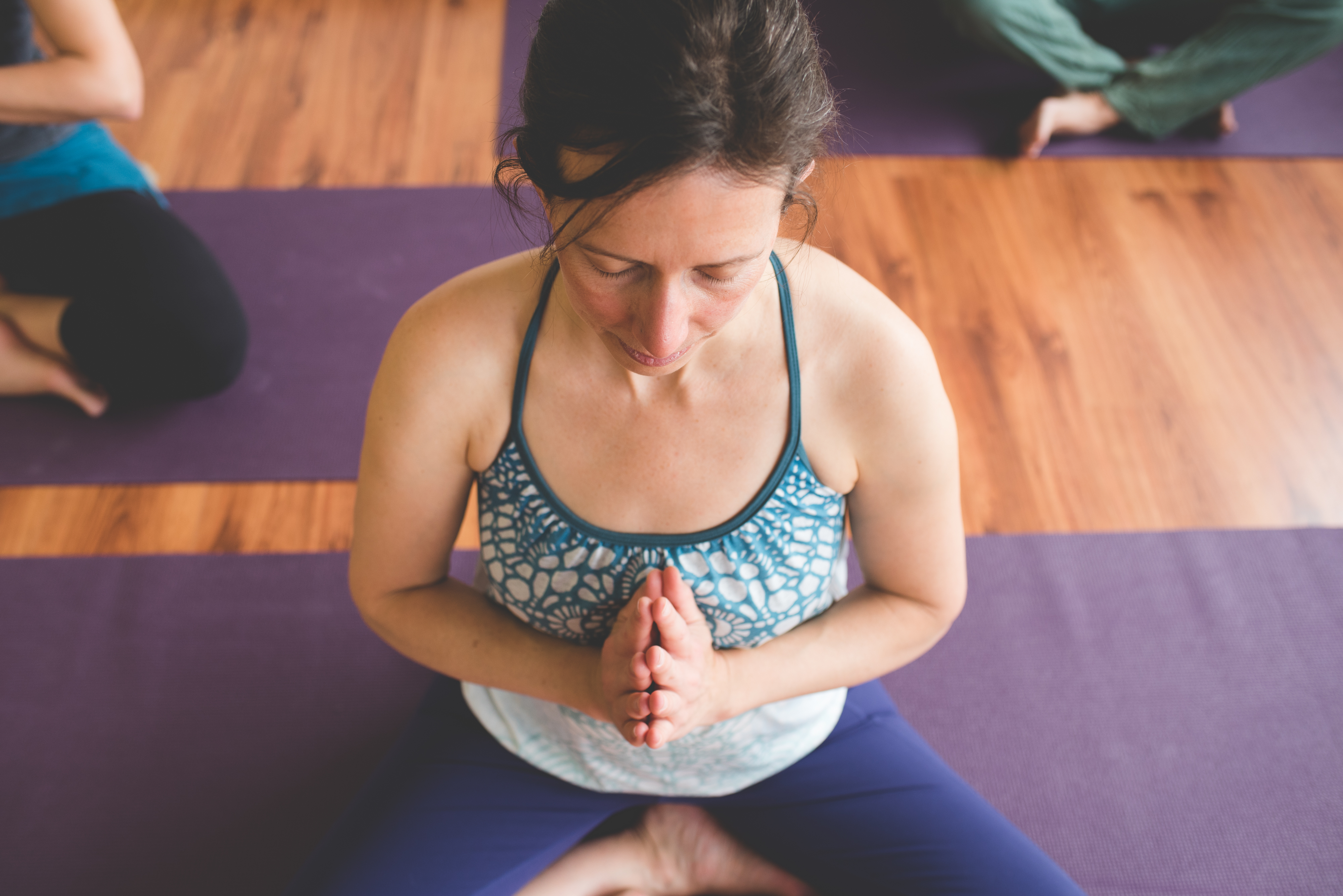
8. Learn and practice relaxation techniques that you can use during the intensity of labour to help you connect with your body’s natural rhythm and stay out of fight or flight where you might tense and create internal resistance to the birthing process.
9. Inform yourself about childbirth. Learn what changes happen to your body and what the stages of labour are. Learn positions and coping strategies for each stage labour. Make sure you have a good support person that can help you remember these things. Hire a doula or have conversations with your partner about what you want to try during labour.
And yes, you got it, the earlier you start working on these components the more likely your body will be able to utilize them for your pregnancy and birth. Try not to cram all this learning into the last trimester when you may already be naturally more tired and both your body and your mind will be less able to learn.
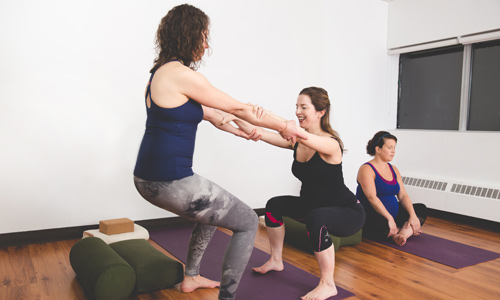
So there you have it. Maintaining your regular fitness activities in pregnancy AND seeking out pregnancy-specific mind & body exercise each serve useful and different purposes. You don’t have to choose one or the other.
Enjoy this special time!


